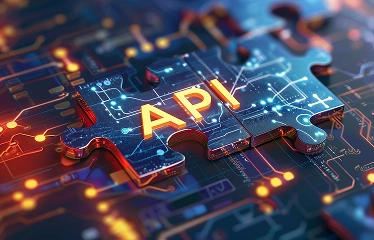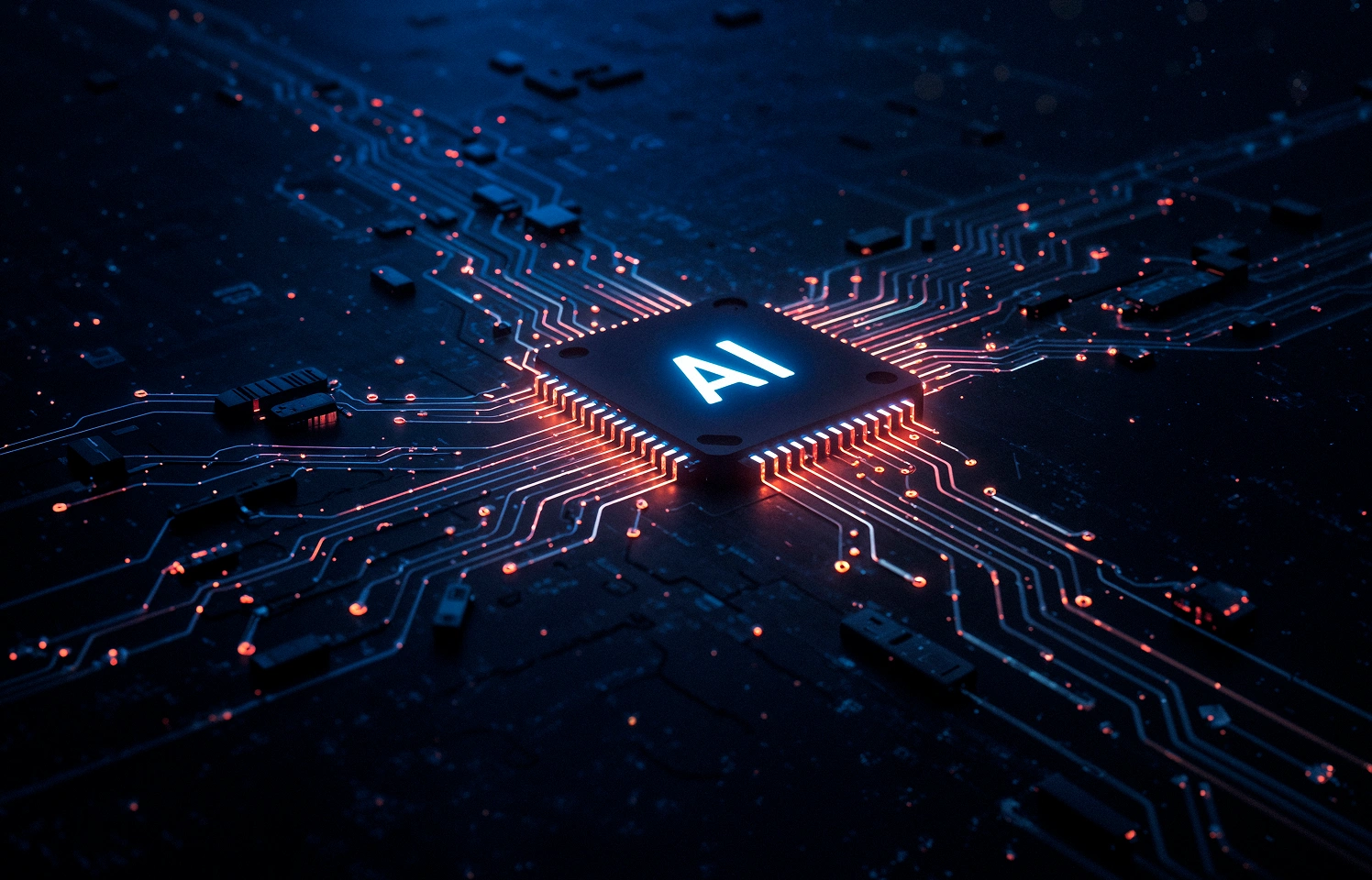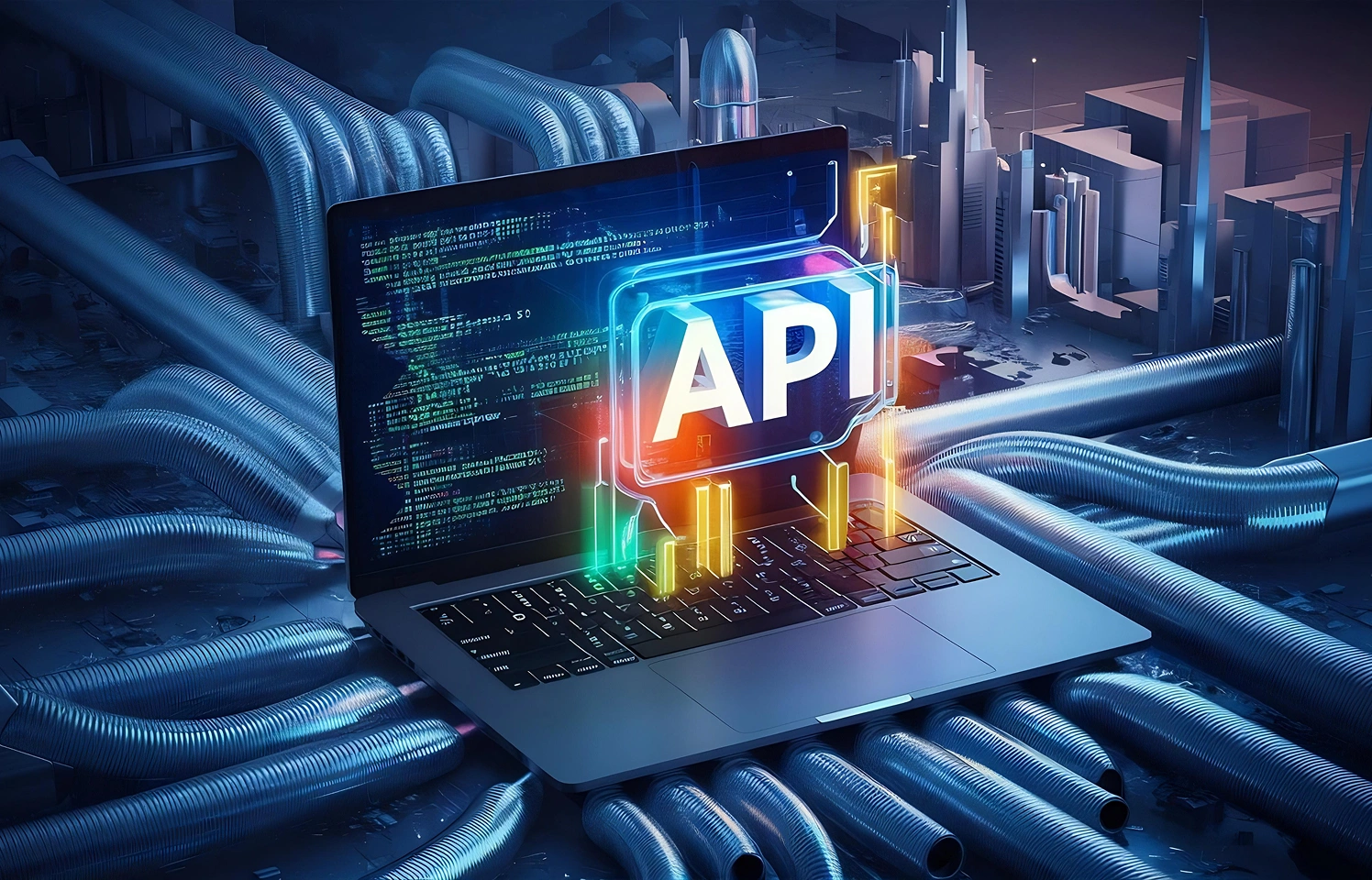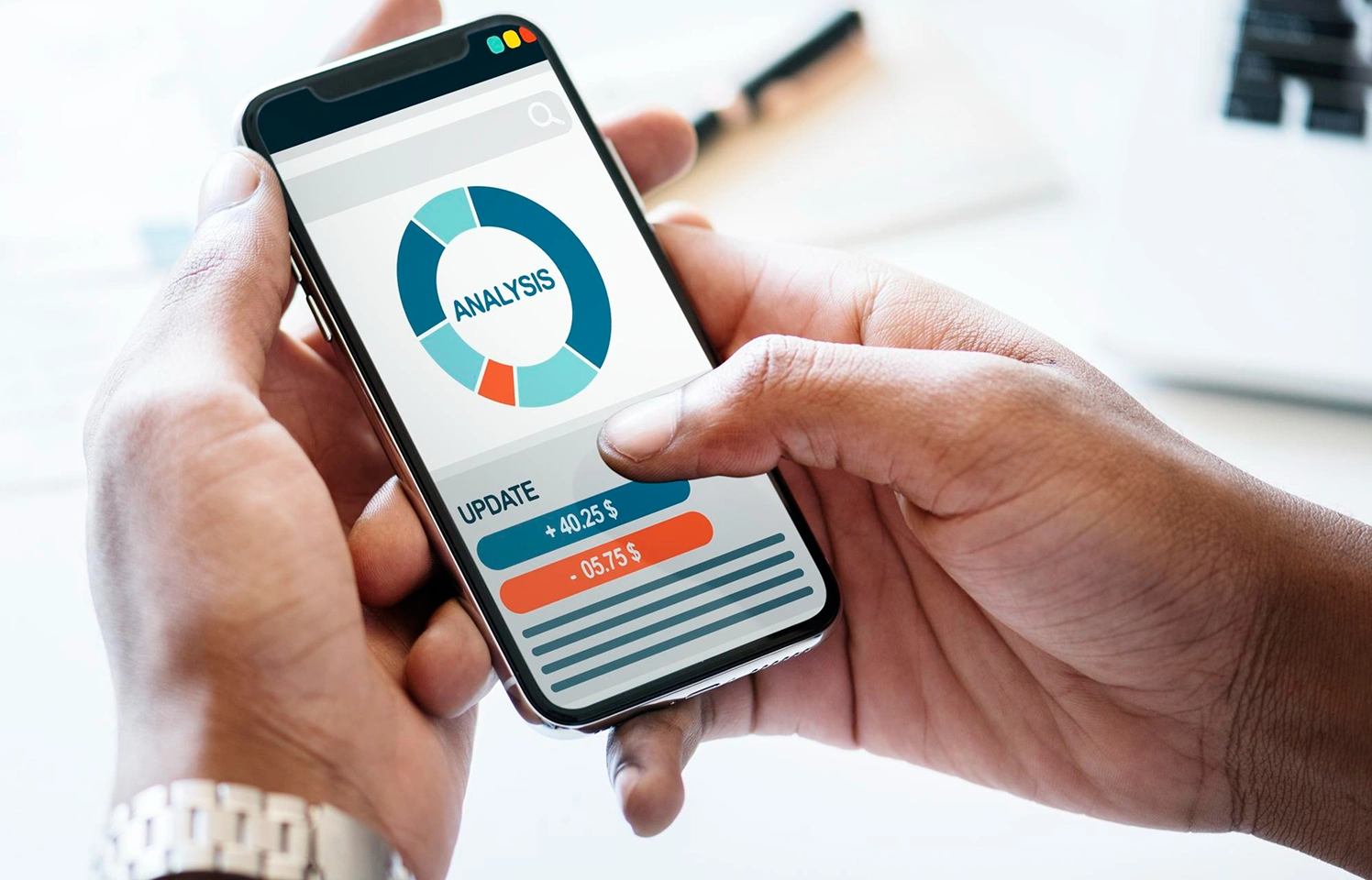By: Nilesh Jain
|
Published on: October 24, 2025
Introduction: The Evolution of Bug Detection in Software Development
Software development is evolving, and so are the tools that ensure quality assurance (QA). In the fast-paced, high-demand world of the UAE’s
tech landscape, where enterprises aim for rapid deployment and high performance, software testing must be more than just a manual process of
bug identification.
AI for bug detection and machine learning (ML) in software testing are revolutionizing how we approach defect prediction, automated bug detection, and overall software quality assurance (QA).
At Vervali, we are on the cutting edge of integrating AI testing tools into our workflows, ensuring that bugs are detected faster, defects are predicted earlier, and software quality is assured with minimal manual intervention.
Why Traditional Bug Detection Isn’t Enough
Traditionally, bug detection involved manual testing, where testers identified defects based on pre-defined test cases. While effective,
this approach is time-consuming, error-prone, and inefficient, especially when scaling for complex software projects.
The issue becomes even more evident when:
-
Long testing cycles delay releases.
-
Human error causes some bugs to be overlooked.
-
Repetitive testing across multiple builds and environments is resource-intensive.
This is where AI in software testing comes in. Machine learning models can automate bug detection, improve accuracy, and reduce the time it takes
to identify defects, creating a smoother and faster path from development to production.
Struggling with lengthy testing cycles?
How AI for Bug Detection is Revolutionizing Software Quality
1. Automated Bug Detection
AI-based testing tools can automatically detect defects in software applications by comparing actual results against expected outcomes. They use predefined rules and learned patterns to identify areas where bugs are likely to occur.
-
Example: If a login screen consistently fails under certain network conditions, AI tools can detect this anomaly and flag it for further analysis, cutting down on test time and enhancing accuracy.
2. Defect Prediction with Machine Learning
ML in software development leverages past defect data to predict areas of the code that are more likely to encounter issues. This means that instead of running the same test suite on all code areas, you can focus on the components most prone to failure.
-
Defect Prediction AI uses historical data, code complexity, and other metrics to pinpoint high-risk areas, allowing teams to proactively address issues before they arise.
3. Intelligent Testing Solutions for Complex Applications
Traditional bug detection can miss complex interactions between systems, especially in large applications or microservices architectures. AI tools can adapt and learn from each test cycle, making them intelligent enough to detect bugs in intricate, multi-layered systems.
AI-Driven Tools for Bug Detection and QA Testing
Several advanced AI tools are already making a huge impact on the software testing industry. Let’s take a look at some of the most popular AI testing tools used for bug detection and performance monitoring:
1. Testim
Testim uses machine learning to automate the creation of tests. By learning from previously run tests, it improves its ability to identify regressions, defects, and inconsistencies
-
Use Case: Ideal for continuously evolving applications in the UAE’s fast-paced tech market.
2. Applitools
Applitools employs AI for visual regression testing, comparing the visual appearance of an application across multiple devices and browsers.
-
Use Case: Ensures your app looks consistent and functions correctly, no matter what device your customers in the UAE are using.
3. Mabl
Mabl is an intelligent test automation tool that integrates machine learning to learn from past tests and improve its accuracy in identifying defects.
-
Use Case: Perfect for SaaS and enterprise apps where frequent updates and continuous integration are common.
4. Functionize
Using machine learning, Functionize allows testers to build automated tests based on user behavior. It adapts to UI changes, ensuring that your testing remains effective even as the app evolves.
-
Use Case: Great for agile teams in the UAE, where applications are frequently updated to keep up with user demand.
The Benefits of Using AI in Bug Detection and Software Testing
1. Faster Time-to-Market
By automating testing, AI tools significantly reduce the time required for each testing cycle. This is especially critical in the
UAE's competitive market, where businesses need to release updates and new features at lightning speed.
-
Benefit: Shortens testing time, allowing faster releases and quicker response to market demands.
2. Increased Accuracy and Reduced Human Error
AI tools are not subject to the human errors that plague manual testing. By using machine learning algorithms, AI can detect bugs more accurately and predict issues with greater precision.
-
Benefit: Higher software quality, fewer defects, and improved user experience.
3. Continuous Improvement Through Machine Learning
Every test run improves the accuracy of AI tools. As they analyze more data, they get better at detecting potential defects and anticipating performance issues.
-
Benefit: Self-improving testing systems that adapt to the app’s development and become smarter over time.
4. Cost Efficiency
Automating testing with AI reduces the need for manual testers and lowers operational costs. Since testing cycles are shortened and more bugs are caught early, you save both time and money.
-
Benefit: Lower testing costs and fewer delays due to post-launch bug fixing.
AI Testing Best Practices for Effective Bug Detection
1. Use AI in Early Stages of Development
Integrating AI QA testing from the beginning of the development process can help detect bugs earlier, improving code quality and reducing later-stage rework.
-
Best Practice Implement AI testing in the CI/CD pipeline to automatically run tests during development and pre-production.
2. Focus on High-Risk Areas
Use defect prediction AI to identify high-risk areas of your code and prioritize testing around them.
-
Best Practice Use AI to focus testing efforts on more complex or critical code areas, ensuring high-priority bugs are addressed first.
3. Leverage Data-Driven Insights
AI tools can generate useful insights that help improve the software development lifecycle. By analyzing bug patterns, testing data, and performance metrics, AI can suggest areas of improvement in your app.
-
Best Practice Regularly analyze AI test reports and adapt your testing strategy based on insights provided by the tool.
Looking to integrate AI for bug detection?
Why UAE Businesses Trust Vervali for AI-Driven Bug Detection and QA Testing
Local Expertise in UAE’s Tech Landscape
Vervali understands the unique challenges of the UAE’s mobile and enterprise software market. We help businesses improve quality, reduce time-to-market, and lower costs with intelligent bug detection.
Proven Track Record
We’ve helped several businesses across the UAE scale their software development with advanced AI testing tools, resulting in faster delivery and higher customer satisfaction.
Comprehensive AI Testing Solutions
We provide end-to-end software testing automation with a focus on performance, scalability, and accuracy. Our expertise spans everything from AI testing for bug detection to QA testing automation and ML-driven defect prediction.
AI in Bug Detection for UAE Businesses
1. E-Commerce App Optimization
Challenge: A leading UAE-based e-commerce company struggled with bug tracking due to manual testing.
Solution: Implemented AI-based testing tools for faster bug detection and automated testing across multiple devices.
2. Fintech Application Performance
Challenge: A fintech startup faced performance degradation during high-traffic periods.
Solution: Introduced machine learning-based defect prediction to catch performance-related bugs early.
Conclusion: Embrace the Future of Software Quality with AI
AI for bug detection isn’t just a trend, it’s the future of software quality assurance. Machine learning in software testing offers faster, more accurate bug detection, better defect prediction, and cost-efficient development cycles.
At Vervali, we combine AI-driven testing tools with machine learning for software quality to help businesses in the UAE scale efficiently and deliver top-tier software.
Transform your testing process today.
FAQs
AI for bug detection uses machine learning algorithms and advanced testing tools to automatically detect software defects during development, ensuring faster, more accurate bug identification.
Machine learning in software testing helps predict potential defects, automate test cases, and continuously improve testing accuracy by learning from past bugs and data patterns.
AI testing tools are software solutions that use artificial intelligence to automate the detection of bugs, monitor performance, and predict issues in software applications.
Automated bug detection allows for faster testing cycles, reduces human error, and ensures that defects are identified and addressed early in the development process.
Defect prediction AI uses historical data to predict which areas of an application are more likely to encounter bugs, allowing developers to prioritize testing efforts on high-risk areas.
AI testing enhances software quality assurance by automating the detection of defects, improving test coverage, and providing more accurate insights into app performance.
Yes. AI-driven mobile app testing tools can identify defects, optimize performance, and ensure compatibility across multiple devices and platforms with minimal manual input.
AI in QA testing automates repetitive tasks, identifies patterns in test data, and improves the accuracy of test results by predicting potential software issues before they occur.
Traditional testing relies on human testers to manually identify bugs, while AI-driven testing uses machine learning algorithms to automatically detect, predict, and resolve issues more efficiently.
In the competitive UAE market, where businesses are expected to release high-quality apps quickly, AI-powered bug detection enables faster testing, better performance, and improved customer satisfaction, helping businesses stay ahead of competitors.


























































































